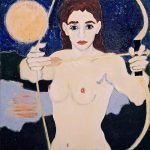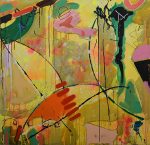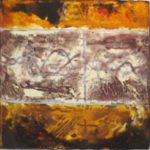
Pierre Argillet was an avid collector of works by futurists, dadaists and surrealists, and very early on, met the major artists of the 20th century.
In 1930, at the age of twenty, Argillet was deeply impressed by the “Chants de Maldoror ” of Lautreamont. He began a spiritual journey along a path that was originated by Rimbaud and later pursued by Lautreamont, Marinetti, Andre Breton, Tzara and Chirico. He counted Duchamp and Jean Arp among his acquaintances, but when he met Dali, complicity led to a life-long friendship that lasted until the painter’s death in 1989.
Be it luck or fate, Dali’s delirious vision led to a long and fruitful collaboration between artist and publisher. They produced nearly 200 etchings. To name a few: la Mythologie (16 planches), le Christ, Sainte-Anne, l’Incantation. In 1966, Dali reworked 7 pieces of the Bullfight set of Picasso, giving them the Dali touch. He continued to reinterpret the works of his fellow Catalonian, overlaying them with his macabre, yet humorous vision. He ridicules bishops’ benedictions. Images hidden in the crowd and arena suggest the skull of a bull fighter. In another etching, a galloping giraffe catches fire as if in a tragicomedy. His subjects vary from windmills, parrots, fish and a statue of a woman occupy another arena. In 1968, Dali illustrated ” la Nuit de Walpurgis ” of Faust (21 pieces) using rubies and diamonds as engraving tools, a technique that lent an incomparable delicacy to the design ; next came the ” Poemes ” of Ronsard (18 pieces) and Apollinaire (18 pieces) . In 1969, Dali created ” Venus a la fourrure ” after Sacher Masoch (20 pieces), and between 1970-71, the Suites of Don Juan (3 pieces) and Hippies (11 pieces).
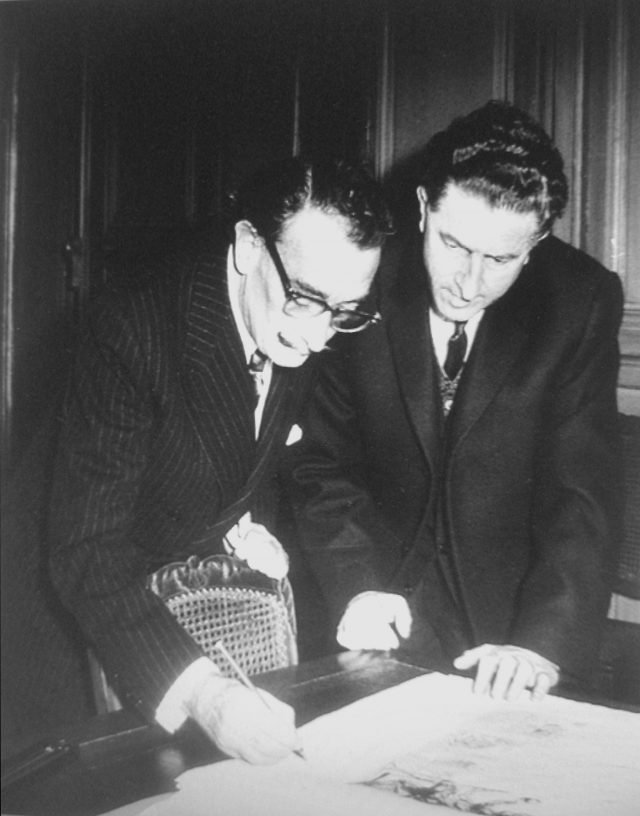
In 1974, artist and publisher parted their ways. Pierre Argillet would only accept etchings done in the traditional way, on copper, and refused to go along with Dali’s desire to make photo-based lithographs. But by using this process, Dali went on to produce a large number of works that appealed to a more widespread audience than ever before, but they were also subject to more criticism.
The Pierre Argillet Collection demonstrates high standards of quality, and the empassioned collaboration between an artist and his publisher. This ensemble of works has appeared in the best-known museums in the world. Musée Boymans, Rotterdam 1971; Musée Pushkin, Moscou, 1988; Reynolds-Morse Foundation, St Petersburg, Florida; Kunsthaus, Zürich and Staatsgalerie, Stuttgart 1989; Isetan Museum of Art in Tokyo, Daimaru Art Museum, Osaka and the Hiroshima Prefectural Museum of Art, Japan, 1990. This collection’s permanent home is at the Museum of Surealism in Melun, France and the Dali Museum in Figueras, Spain.
-
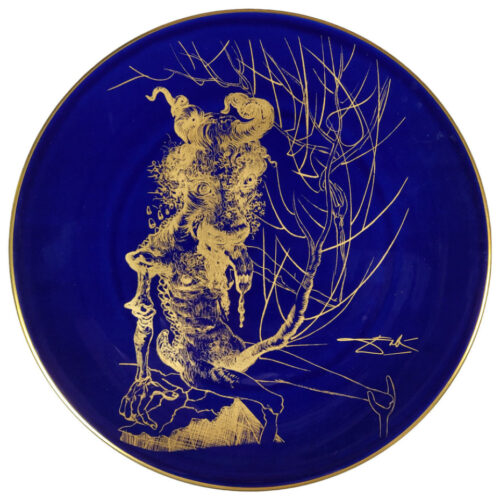
Golden Veal
$1,900.00 Add to cart -
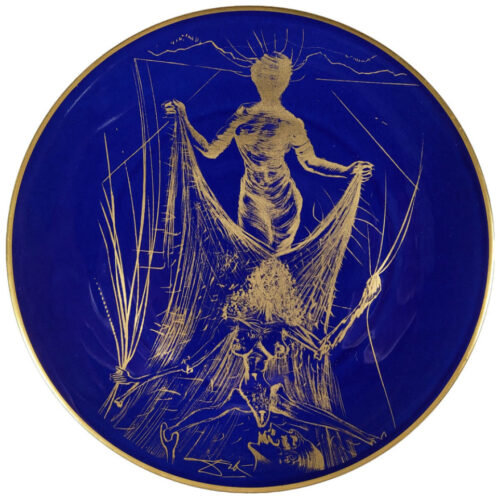
Woman Holding Veil
$1,900.00 Add to cart -
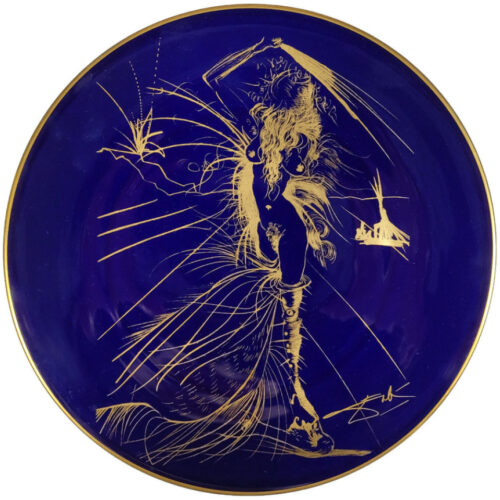
Woman With Whip
$1,900.00 Add to cart -

Witches With Broom
$2,250.00 Add to cart -
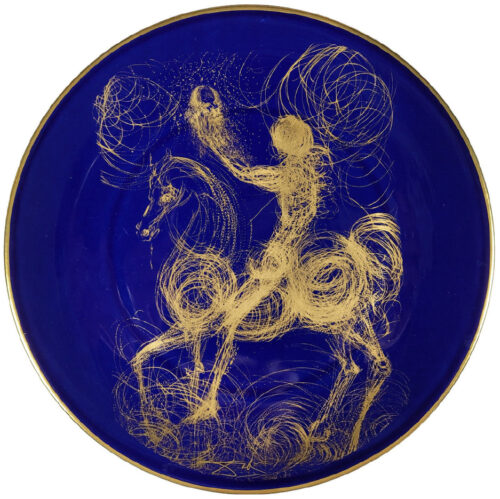
Knight & Death
$2,250.00 Add to cart -
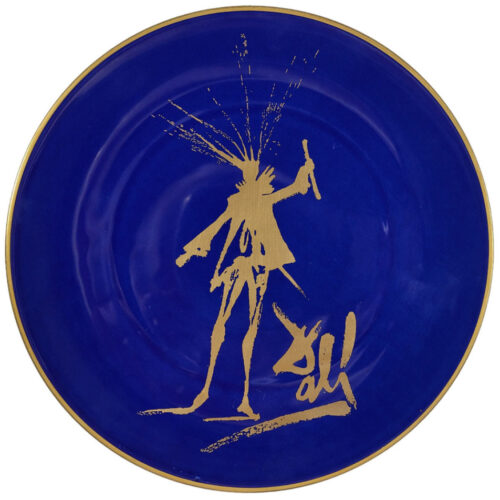
Faust
$2,250.00 Add to cart -
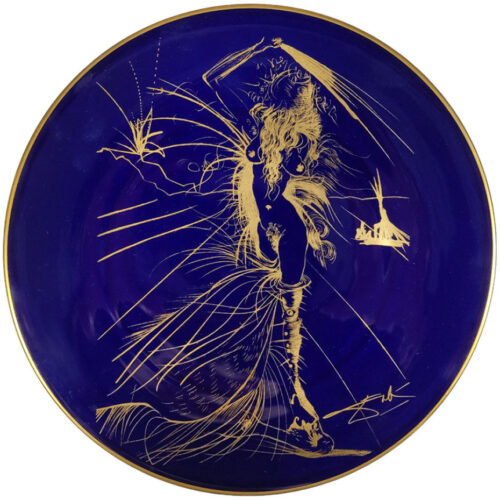
Limoges Plate Collection (all 6 bleu de sevres plates)
$12,450.00Original price was: $12,450.00.$11,000.00Current price is: $11,000.00. Add to cart -
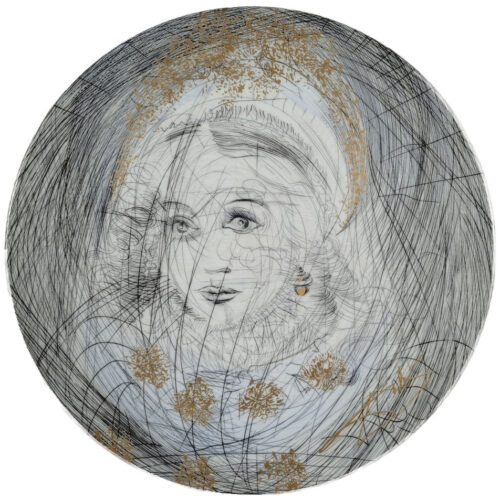
Gretchen
$2,250.00 Add to cart -
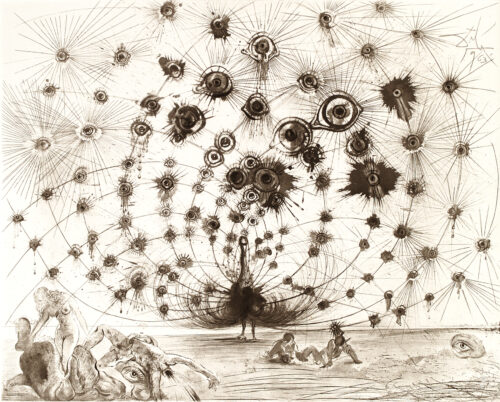
Mythology Argus in Black
$18,500.00 Add to cart -
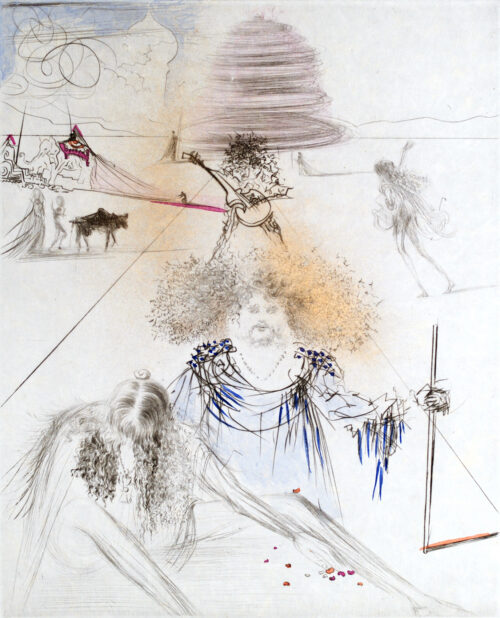
Hippies The Old Hippy
$9,500.00 Add to cart -
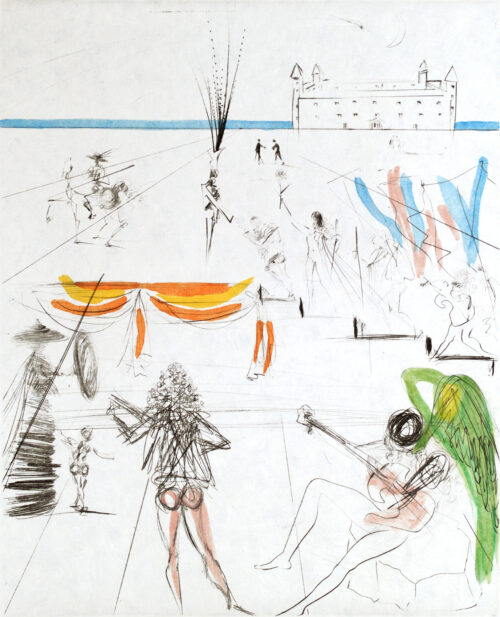
Hippies Santiago De Compostela
$9,500.00 Add to cart -
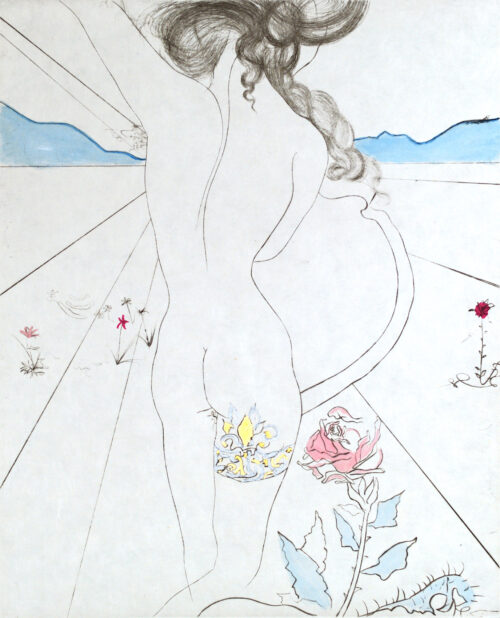
Hippies Nude With Garter
$24,500.00 Add to cart -
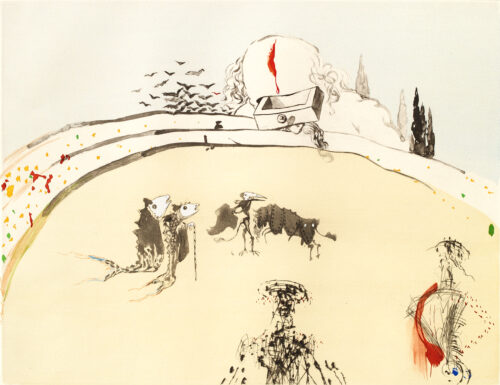
Surrealistic Bullfight Bullfight With Drawer
$7,500.00 Add to cart -
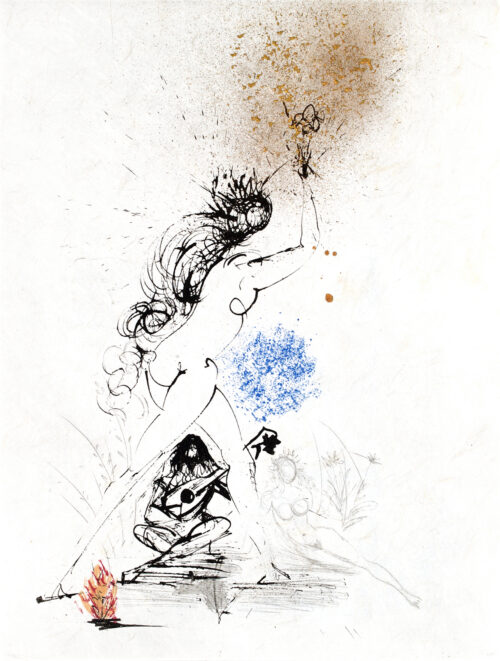
Ronsard Woman With Torch
$6,500.00 Add to cart -
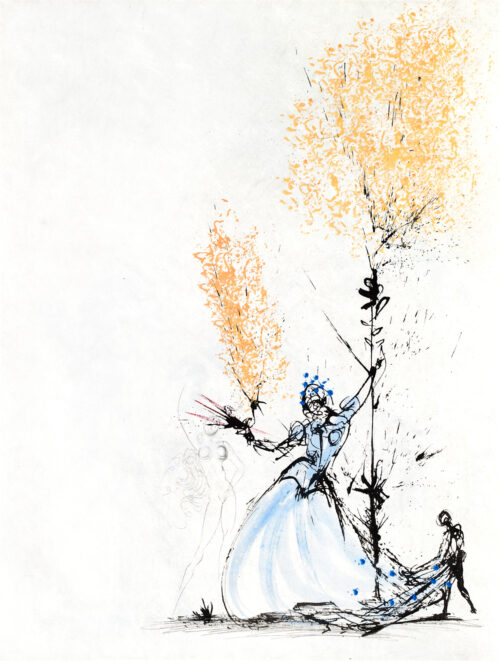
Ronsard Woman With Page Boy
$6,500.00 Add to cart -
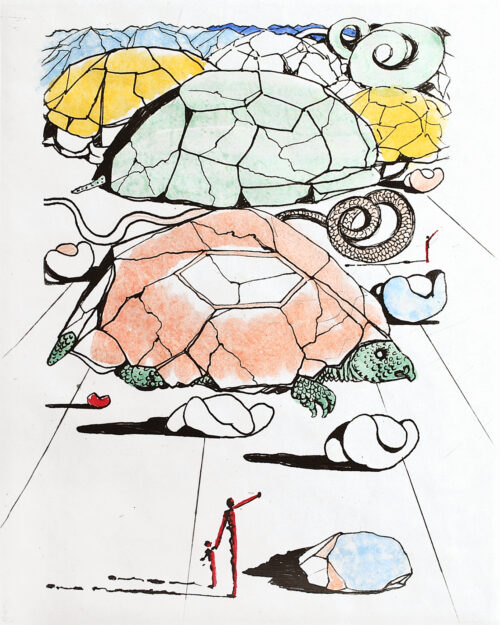
Mao Tse Toung The Turtle Mountains
$4,500.00 Add to cart -
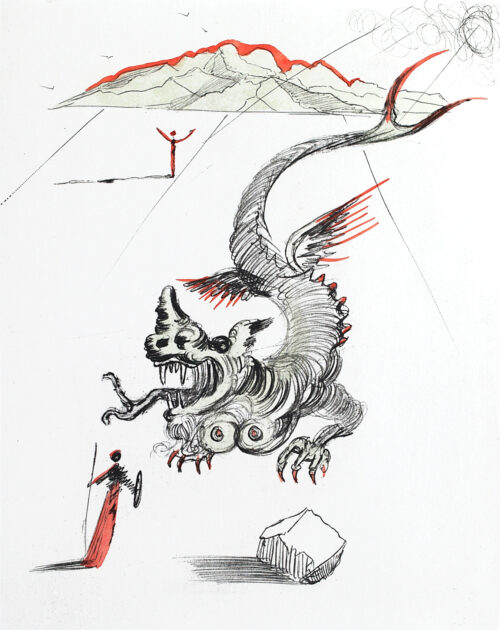
Mao Tse Toung The Dragon
$5,900.00 Add to cart -
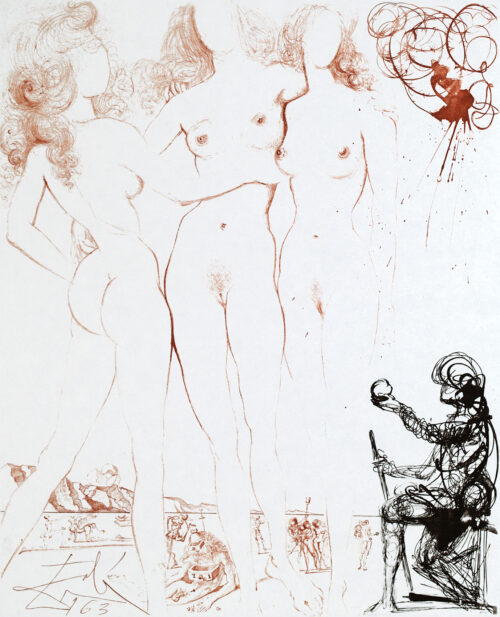
Mythology Judgement of Paris
$24,500.00 Add to cart -
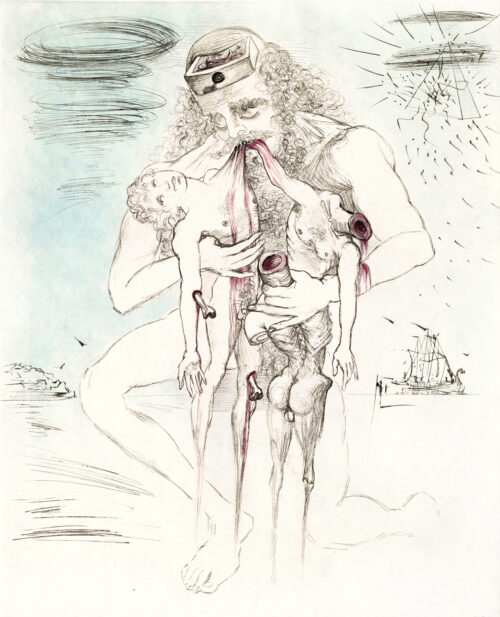
Mythology Saturn
$12,500.00 Add to cart -

Mythology Hypnos
$12,500.00 Add to cart -
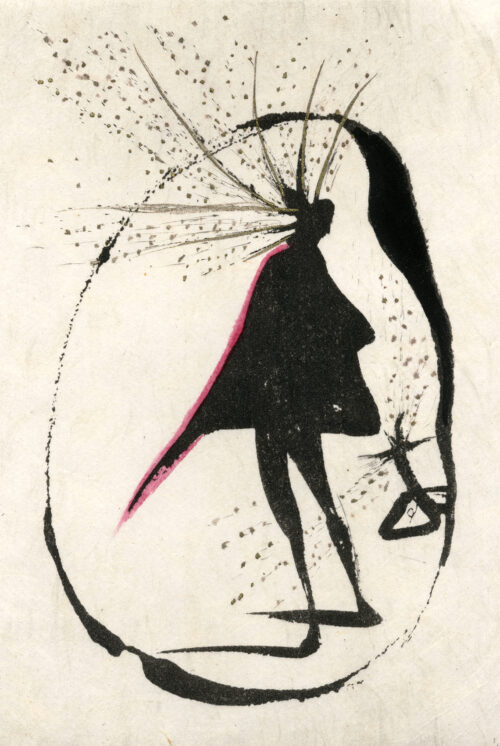
Fantomes Magic Circle
$4,500.00 Add to cart -
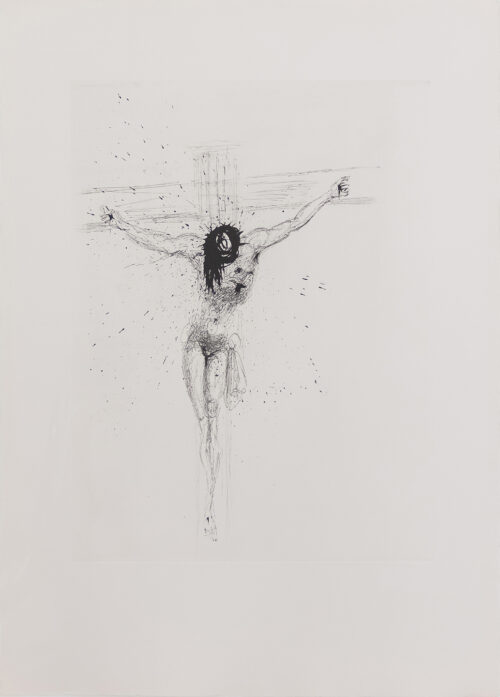
Individual Christ in Black
$17,500.00 Add to cart -
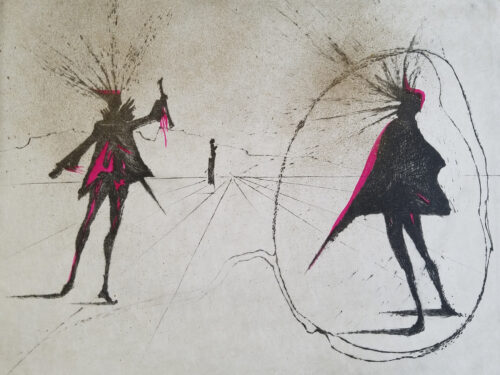
Individual Salut A Mephisto
$6,500.00 Add to cart -

Individual Nu Sanguine
$8,000.00 Add to cart -
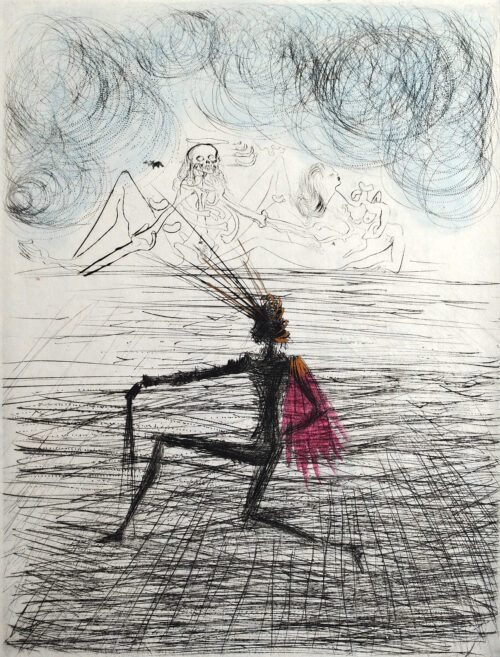
Faust Kneeling Knight
$5,500.00 Add to cart -
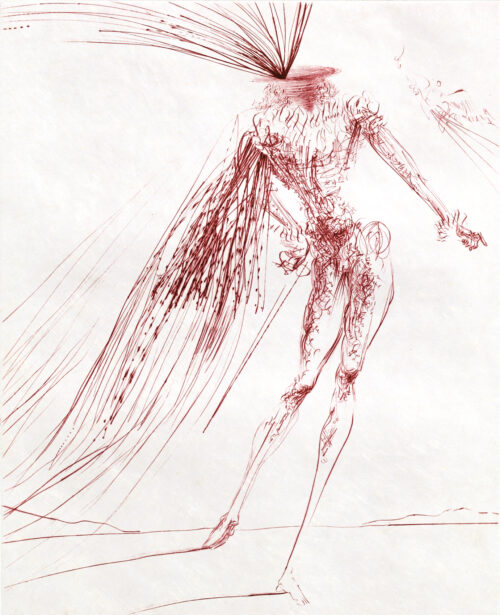
Don Juan The Marquis
$6,500.00 Add to cart -
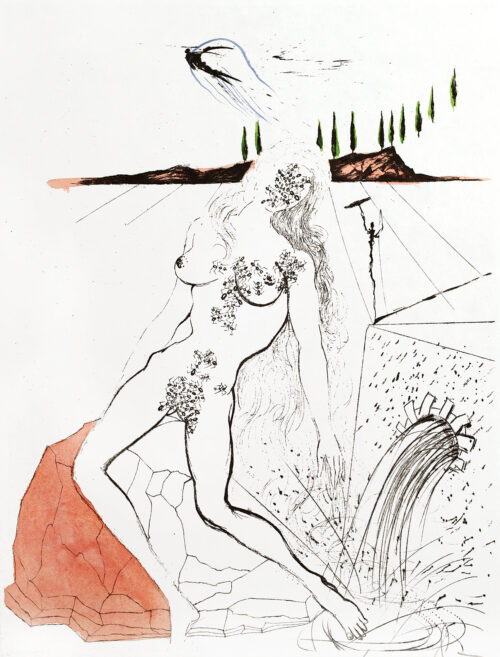
Apollinaire Woman At The Fountain
$6,500.00 Add to cart -
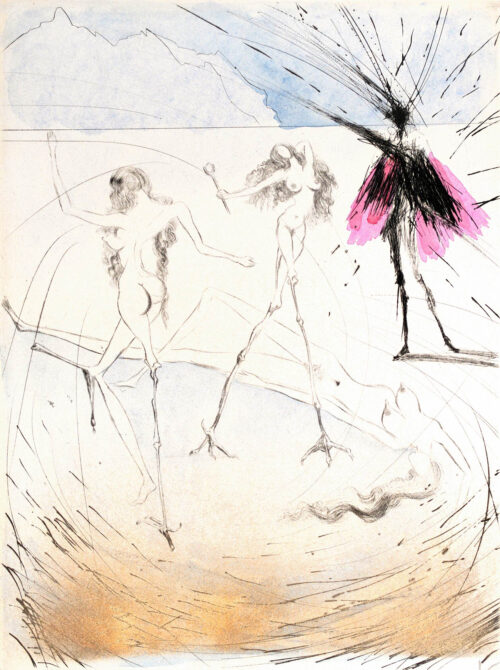
Femme Poules 1968-1969
$5,500.00 Add to cart -
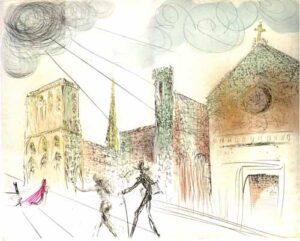
Notre Dame de Paris, 1969
$9,500.00 Add to cart -
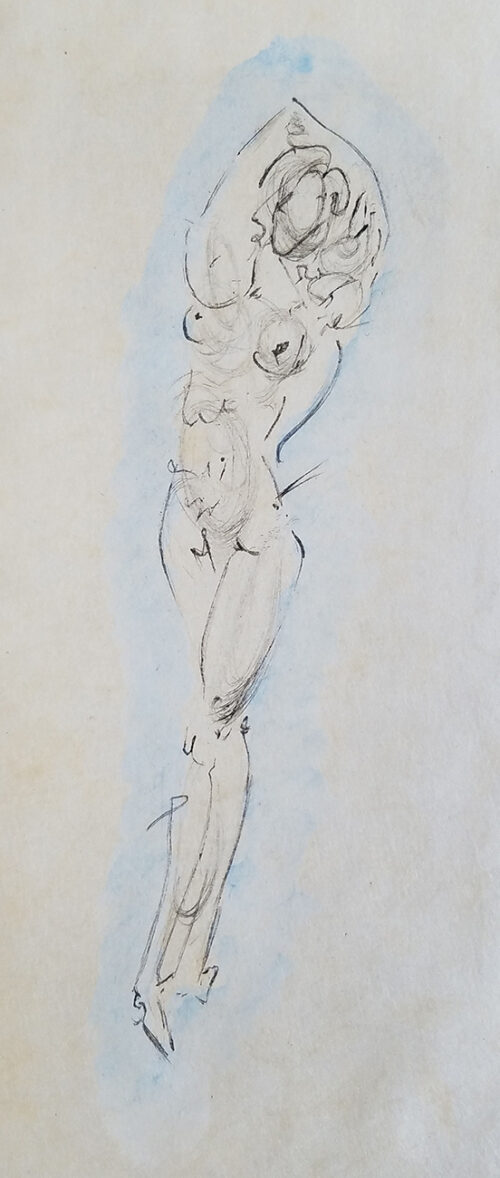
Petits Nus d’ Apollinaire, Vignette No.8, 1967
$4,250.00 Add to cart -
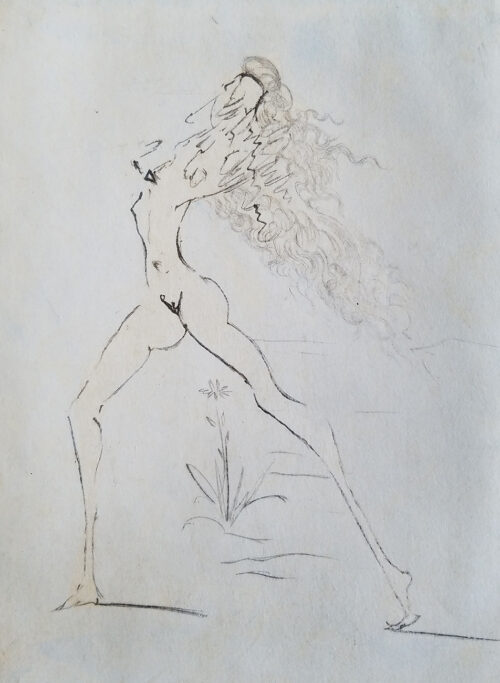
Petits Nus d’ Apollinaire, Vignette No.6, 1967
$4,250.00 Add to cart -
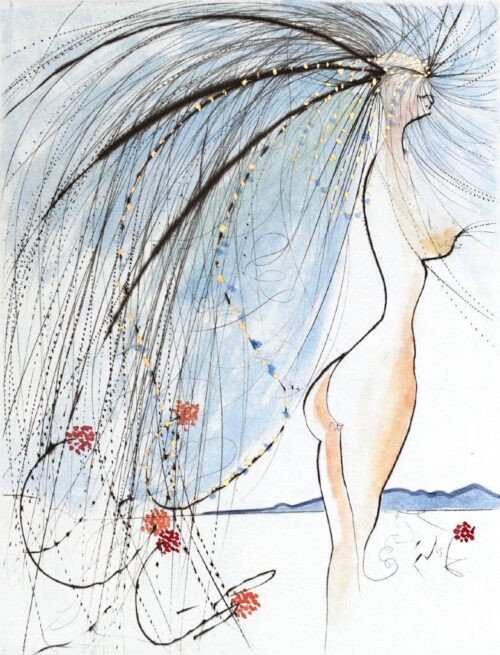
Diane de Poitiers
$9,000.00 Add to cart -

Incantation
$7,500.00 Add to cart -
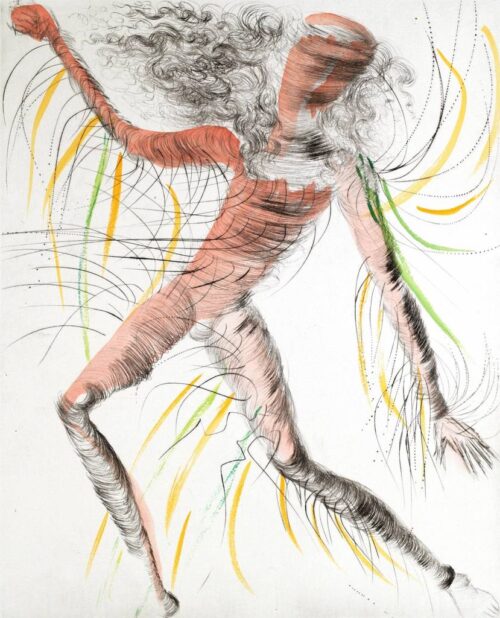
The Cosmonaut
$14,000.00 Add to cart -
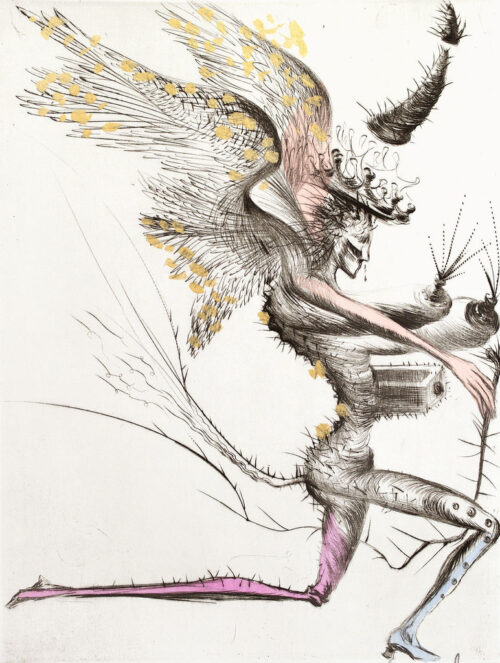
Winged Demon
$8,500.00 Add to cart -
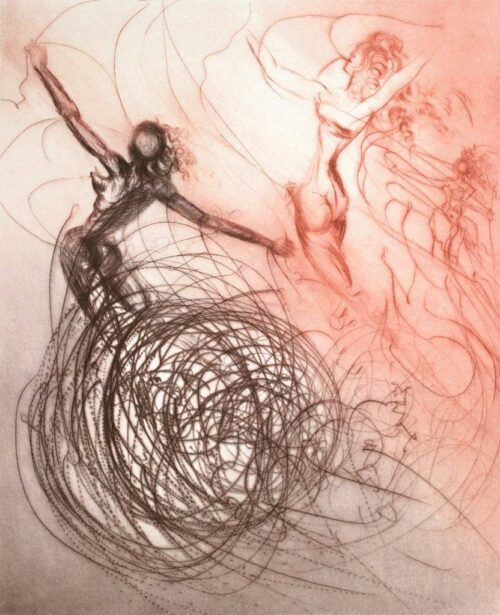
Woman In The Waves
$24,000.00 Add to cart -
Sold

Flower Women with Soft Piano
$44,000.00 Read more


